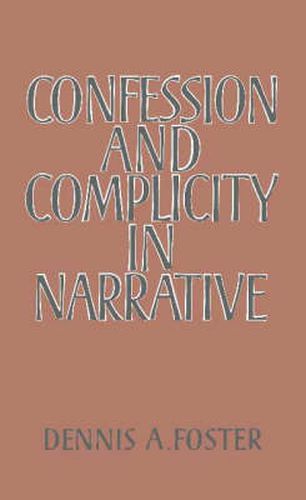Readings Newsletter
Become a Readings Member to make your shopping experience even easier.
Sign in or sign up for free!
You’re not far away from qualifying for FREE standard shipping within Australia
You’ve qualified for FREE standard shipping within Australia
The cart is loading…






What is the relationship between the author and the reader of a text? Recent contributions to reader-response theory suggest that the reader is relatively passive. Foster argues that the relationship is more complex than that: readers enter into complicity with writers and create the illusion of the writer’s mastery over meaning in order that they might also see themselves as masters and become writers in their own place. This dynamic model of the reading process is most clearly revealed in confessional narratives, and so Foster explores the intricate patterns of the reader/writer symbiosis in texts by Saint Augustine, Kierkegaard, Henry James, Hawthorne, Faulkner, and Beckett. What emerges is a new theory of reading literature: the engagement between writer and reader as a struggle for power in which the reader is active in his complicity and fully aware of his own interpretations.
$9.00 standard shipping within Australia
FREE standard shipping within Australia for orders over $100.00
Express & International shipping calculated at checkout
What is the relationship between the author and the reader of a text? Recent contributions to reader-response theory suggest that the reader is relatively passive. Foster argues that the relationship is more complex than that: readers enter into complicity with writers and create the illusion of the writer’s mastery over meaning in order that they might also see themselves as masters and become writers in their own place. This dynamic model of the reading process is most clearly revealed in confessional narratives, and so Foster explores the intricate patterns of the reader/writer symbiosis in texts by Saint Augustine, Kierkegaard, Henry James, Hawthorne, Faulkner, and Beckett. What emerges is a new theory of reading literature: the engagement between writer and reader as a struggle for power in which the reader is active in his complicity and fully aware of his own interpretations.